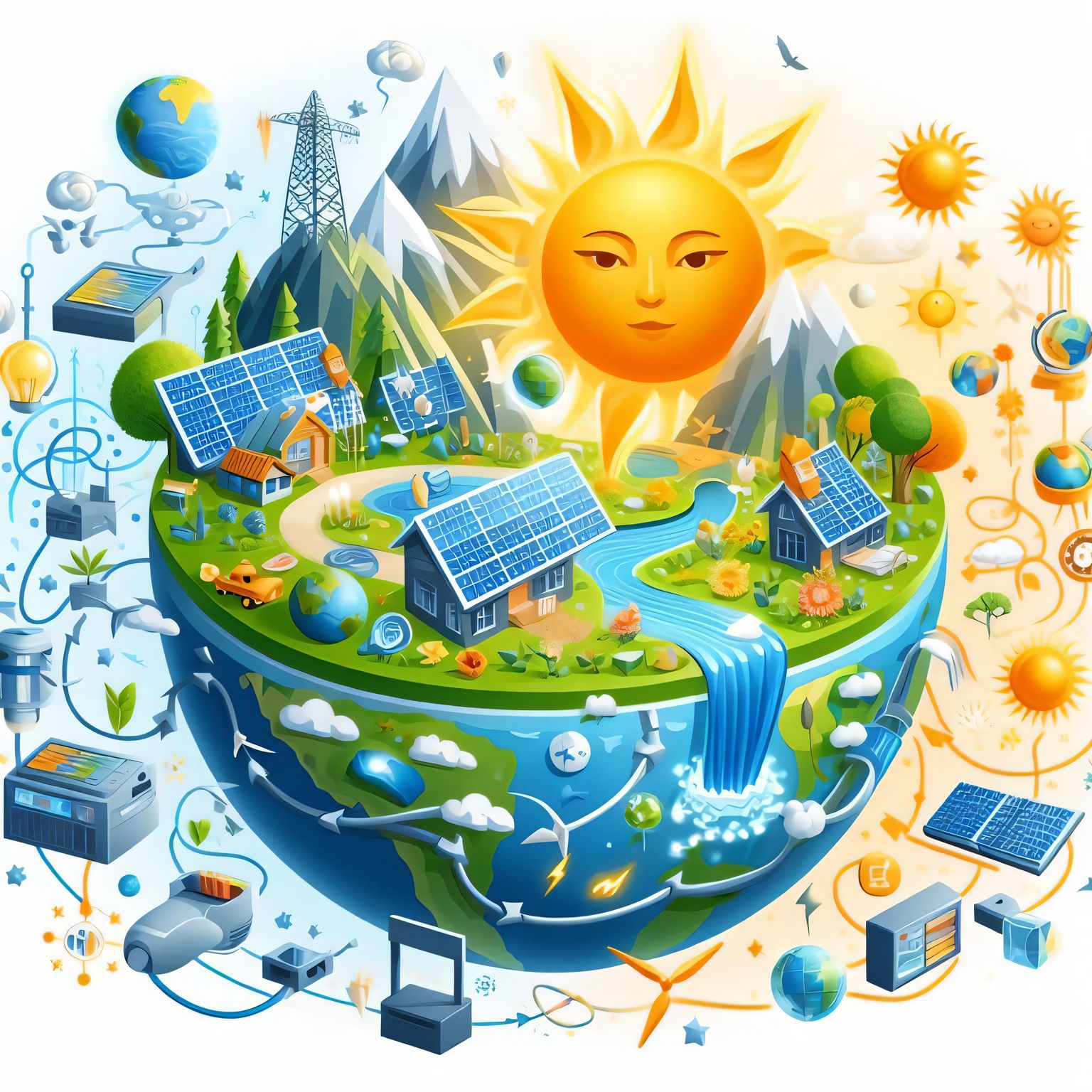A Thermodynamic Lens for Understanding Earth’s Complex Systems
When viewed through the perspective of thermodynamics, our intricate planetary processes become surprisingly straightforward. Dr. Axel Kleidon has spent the past decade researching how the Earth system functions using this thermodynamic approach. Thermodynamics examines energy transformations and the universal physical laws that govern them. In essence, the heating and cooling mechanisms of a household can be compared to those driving energy flows on Earth. Our planet absorbs solar energy, then releases heat into the atmosphere, with innumerable intricate processes directing the energy in between.
Atmospheric Circulation at Peak Efficiency
Dr. Kleidon made an astounding revelation through his research. At the point when Earth’s functions reach their thermodynamic limits – meaning the processes optimize energy flows to their maximum capacity – the system’s patterns become remarkably orderly and efficient. It appears these diverse processes synchronize to enable every potential energy transformation. Dr. Kleidon first evidenced this theory with atmospheric circulation. He demonstrated how global circulation models, incorporating temperature gradients that cause winds and rainfall, exhibit a type of thermodynamic perfection.
The Gaia Hypothesis Supported by Thermodynamics
Dr. Kleidon extends this idea further, proposing even planetary processes on a global scale display signs of optimal thermodynamic behavior. This concept has distinct parallels with Lovelock’s Gaia hypothesis. This theory claims the Earth self-regulates internal conditions to perpetuate life. While debates continue on Gaia theory, Dr. Kleidon suggests thermodynamics could provide common ground for Earth’s self-governing tendencies.
Optimizing Renewable Energy Technologies
As interest grows around sustainable living, Dr. Kleidon’s research has increasing relevance. Currently, our societal energy demands depend heavily on fossil fuels, slowly draining Earth’s reserves. However, renewable options like solar power could revolutionize humanity’s energy footprint almost instantly. By comprehending our planet’s thermodynamic potentials, we can remodel mankind’s role to synergize with natural processes, perhaps even enhancing Earth’s functionality.
Aligning Humanity Within Earth’s Energy Flows
When evaluating sustainable living choices, applying these thermodynamic principles assists in making informed decisions about energy usage. For example, utilizing renewable energy sources like solar power aligns our consumption with Earth’s innate energy flows while reducing fossil fuel dependence. This understanding, viewing human actions through a thermodynamic lens, elucidates our part within the planet’s intricate systems to work toward sustainability.
Thermodynamics Simplifies Earth’s Diverse Processes
Energy Transformations and Universal Laws
Thermodynamics, examining energy transitions between heat and mechanical work, uses established universal laws to comprehend the direction and limits of these transfers. Consider a home’s heating unit. As interior warmth flows naturally toward cooler areas, the heating unit activates, working against this flow to regulate indoor temperatures. Similarly, Earth absorbs incoming solar energy then emits heat into space. Complex mechanisms drive this constant motion.
Earth’s Heating and Cooling System
With a thermodynamic outlook, Earth operates akin to a self-regulating heating and cooling unit. Diverse processes, like atmospheric circulation, rainfall, winds, and life itself become pieces of Earth’s thermostat, responding to gradients and fluctuations to balance temperatures. While made of intricate components, together these parts synchronize to uphold optimal conditions for life through energy’s constant transformation.
Synchronized Processes at Maximum Potential
Dr. Kleidon concluded Earth’s functions exhibit remarkable orderliness when reaching thermodynamic limits – fully maximizing planetary energy flows. This synchronization to optimize every possible energy transformation supports Earth’s seeming propensity to self-organize internal processes. Thermodynamics provides a lens to envisage our planet’s diverse systems working in harmony.
Towards Sustainable Living on a Thermodynamic Earth
Depleting Fossil Fuels Alter Energy Reserves
Currently, society’s heavy fossil fuel dependence has considerable impacts, gradually exhausting Earth’s energy reserves. Our rate of consumption outpaces the planet’s ability to replenish itself. This alters the balance of intricate energy flows upheld over millennia through synchronized global processes.
Renewable Solar Power for Sustainable Change
In contrast, renewable energy sources like solar power could produce humanity’s needs while aligning with natural energy flows. Solar energy originates from the same external source as the atmospheric, geological, and biological processes driving Earth’s thermostat. Implementing such technologies transforms mankind’s relationship with energy practically overnight.
Redesigning Systems to Enhance Earthly Harmony
By applying a thermodynamic outlook, evaluating Earth’s potentials and limits allows reconfiguring infrastructure to synergize with natural processes. This systems redesign, working with instead of against the planet’s self-regulation, could enrich Earth’s capacities while making significant strides toward sustainability.
A Unified Vision for Planetary Health
Debates on Earth’s Self-Regulating Ability
Discussions continue regarding Earth’s apparent propensity to self-govern, perpetuating balanced conditions for life through diverse global processes. This view aligns with the debated Gaia hypothesis on planetary homeostasis. However, Dr. Kleidon’s application of thermodynamic principles provides a robust framework supporting Earth’s self-organization.
Thermodynamics as Common Ground
While the Gaia theory remains contentious in certain circles, thermodynamics establishes neutral, scientifically grounded means to observe Earth’s workings. Within this lens, the planet’s systems operate akin to any other heating and cooling unit endowed with self-regulating tendencies. Thermodynamics offers objective insights into planetary functionality to inform sustainability.
Applying thermodynamics provides a coherent understanding of Earth’s elaborate systems striving for optimal efficiency. From atmospheric circulation to the global balancing act enabling life, our planet’s diverse functions synchronize to maximize energy transformations. As humanity charts a sustainable course, aligning our actions with the Earth’s innate solar-powered flows is crucial. By cooperating with the self-regulating thermodynamic planet, we secure our shared future.



